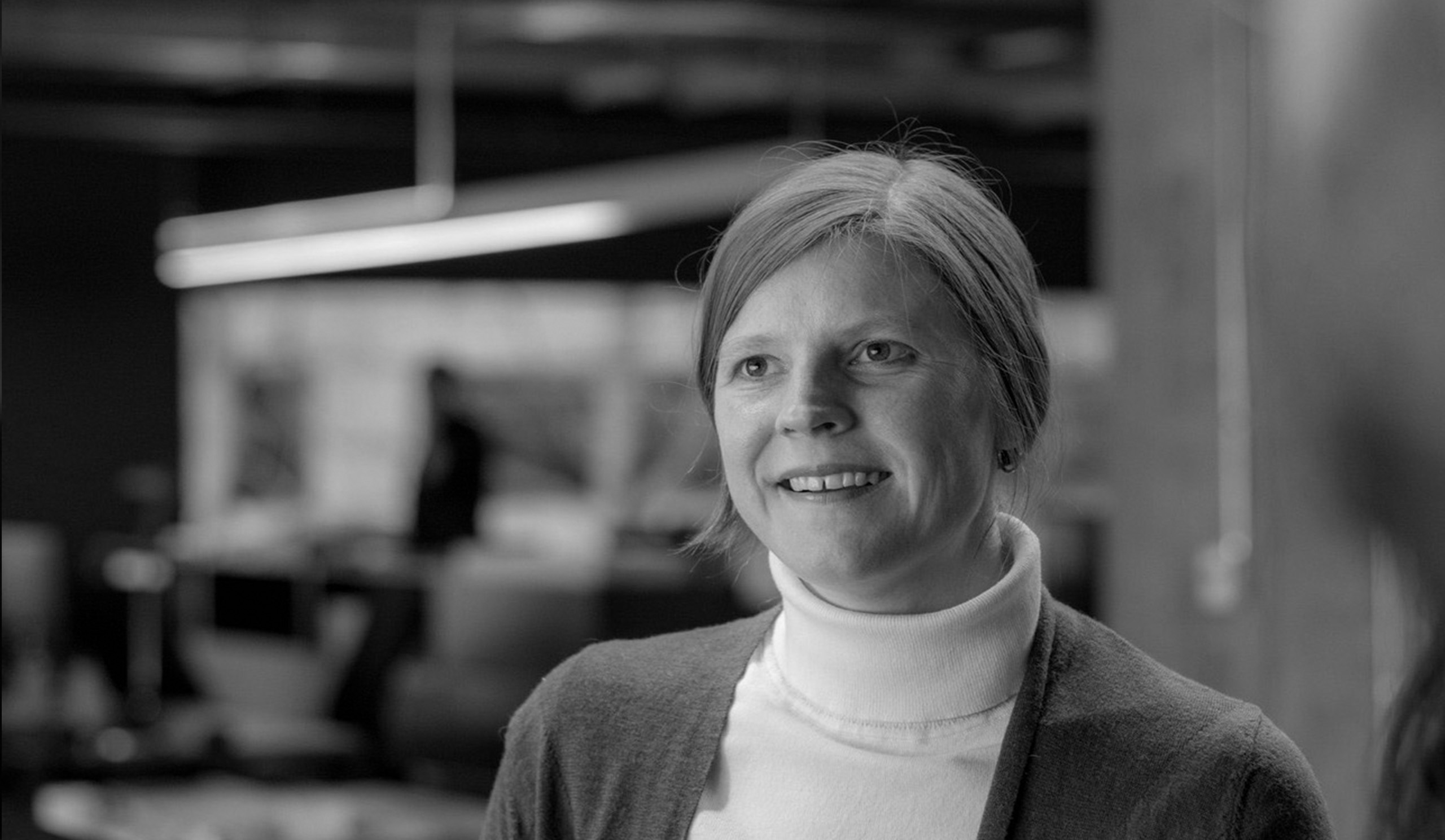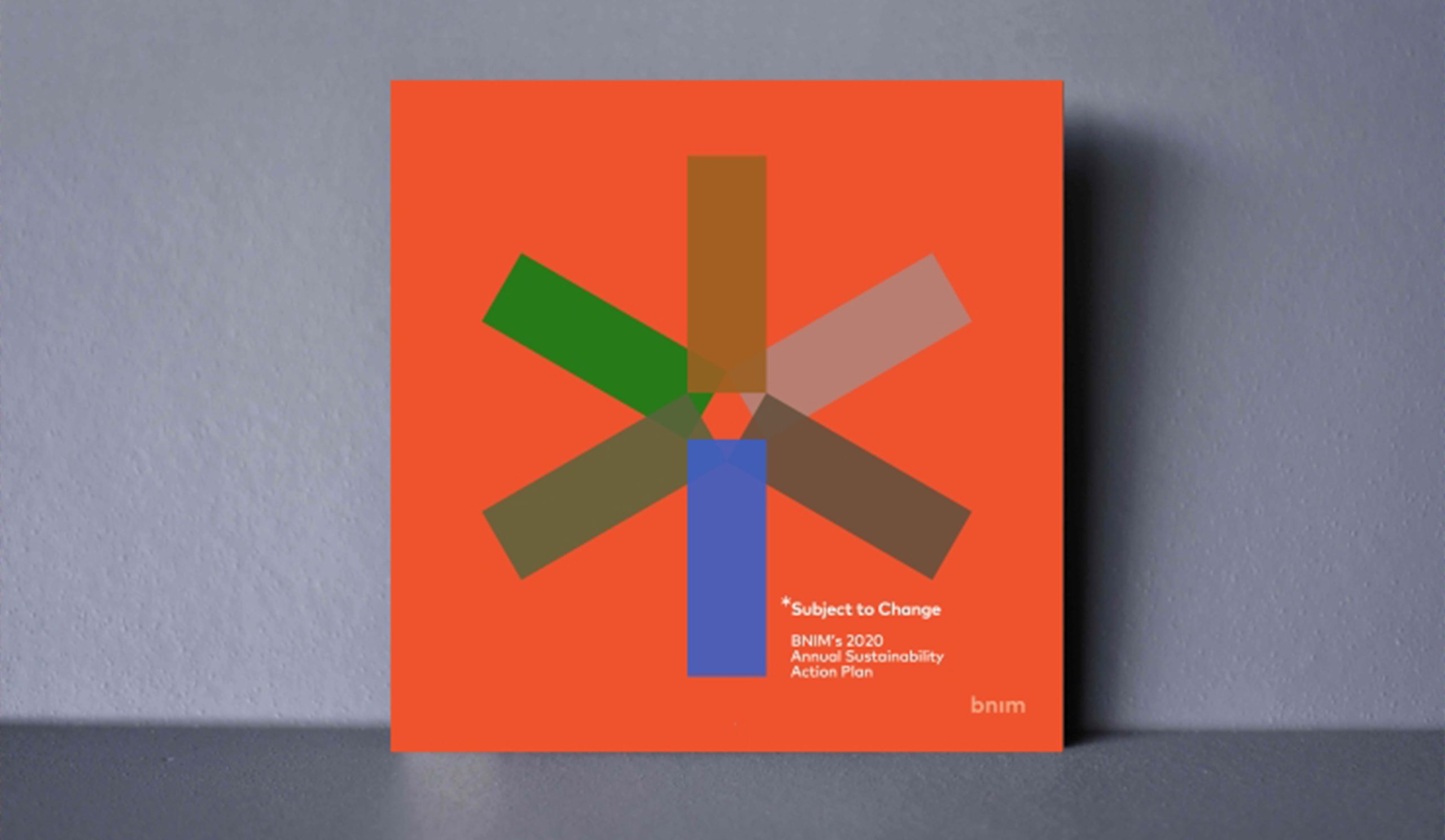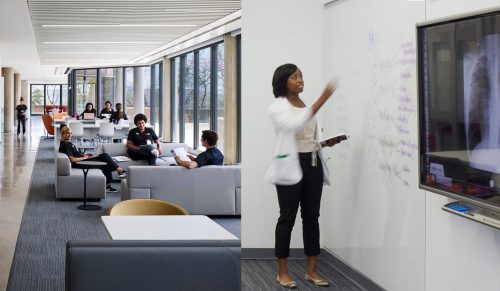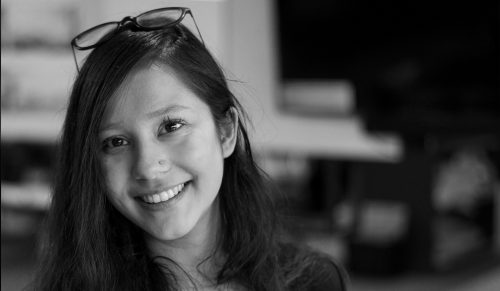
Inspiring Design: Interviews with BNIM Women In Design – Part 4
In our daily work, we often look to our colleagues and collaborators as we seek out and share inspiration. Our team members at BNIM approach our work with collective care, each bringing expertise, talents, and passions to create the best outcomes and a better practice. As we honor Women’s History Month this March, we are excited to share the stories from several individuals at BNIM who inspire and energize our firm each day. In this Inspiring Design series, we connect with Beena Ramaswami, Hannah Gray, Fiona Bhuyan, and Katie Nichols to learn more about their pathways to architecture and design, their thoughts on the future of design, and how their work is positively transforming our communities, environment, and profession.
Katie Nichols, Associate Principal
In her 20 years of practice, Katie’s focus has been on design excellence and advancing environmental restoration, resilience, and high performance across her work. She leads project teams in a collaborative and communicative process to create a collective vision for transformative project outcomes. Katie has also been actively involved in making our practice a more sustainable, equitable, inclusive place through her work educating and supporting BNIM staff in implementing our Sustainability Action Plan and guiding conversations to advance equity and inclusion.
“I’ve always believed that good design can change things, but now, I feel more personally responsible and motivated to try to push for those better outcomes and solutions through our work. At BNIM, we are all sincerely committed to delivering a higher level of service and design, and we embrace using data and a collaborative process to analyze our assumptions and intuitions. To me, it is empowering to design from that perspective with others who are committed to that kind of a collective and cooperative process.”
What first inspired you to become an architect?
KN: I have to reflect on this usually, because I’m not one of those people who has a really specific moment where I wanted to become architect, or always knew that I would become an architect. My dad was an industrial designer in his early professional life, so he has a strong design background. My mom is a talented quilter, and I appreciate now that I had the benefit of growing up with a sensitivity to and awareness of design because of them.
In high school, I really enjoyed taking humanities and getting into a little bit of architectural and art history there. At one point, my dad encouraged me to consider architecture. I think I took a drafting class every year of high school, starting with my sophomore year. Each year was a little different with some classes emphasizing the technical skills, drafting, and hand lettering, etc., and others that were more design-focused courses, where we were able to explore and develop design studies and build physical models. I loved that part of it.
Going into my freshmen year of college, I still wasn’t 100% sure if I was going to become an architect, but I intentionally picked a program where I could be in design studio my very first year, that way I would just know. That first year really changed me, I loved learning the craft and process for making things and thinking through design. I was really excited to continue.
It’s been building upon that ever since. The learning process continues. I learn new things every day in practice. That is one of things I really love about practicing architecture and design; it’s a lifelong learning process as technology, tools, and best practices evolve and your opportunities to work through different project experiences change.
Has your outlook and approach to design evolved over time? What most inspires and motivates you in your work now?
KN: When I was first out of school, I was very focused on craft and good design. I wanted to learn how to be a confident practitioner. I felt like I had a good design foundation but I definitely knew that practicing architecture was different in the “real world,” and that professional practice would be another kind of education. I was fortunate at the time to work in a smaller firm where I was able to be very active in all aspects of design and construction. I was able to experience the whole design process and also to see my projects through to construction. That kind of holistic exposure was so helpful in my development as a designer and architect.
My outlook has evolved, knowing that our work is tremendously important in response to addressing climate change and designing better places that people care about and want to be in. I’ve always believed that good design can change things, but now, I feel more personally responsible and motivated to try to push for those better outcomes and solutions through our work. At BNIM, we are all sincerely committed to delivering a higher level of service and design, and we embrace using data and a collaborative process to analyze our assumptions and intuitions. To me, it is empowering to design from that perspective with others who are committed to that kind of a collective and cooperative process.
I tend to be more hopeful about the future. When you see and appreciate the way materials, technology, and the ways in which we design and build are changing and improving, you have to expect that these powerful tools and advancements will open new possibilities for meeting our goals and needs. I have a lot of hope that those better outcomes are already coming into the world and will continue. I think people care too, more so than ever, which is great. It’s amazing to recognize now that most clients expect us to deliver high-performance solutions, to discuss sustainability, and to think about their project from a holistic standpoint. That wasn’t the case when I first started as an architect. To see the awareness level and demand for sustainable solutions increasing across many design sectors is really encouraging.
What are your hopes for the future of the architecture and design profession?
KN: My hope is that good design will become more accessible in the future, that good design may touch more lives. My hope for the design profession is that we can reach more people and start to really work at some of the chronic problems that face our communities, including poverty and access to safe, healthy and affordable spaces in community and at home.
As a project manager, you successfully lead your team members and clients through all project phases, from pre-design to post-construction. What would you define as key elements for successful project management?
KN: I think relationships are very important. Honoring and valuing our relationships with the entire team – our collaborators at BNIM, our consultants, the contractor, the client – and the knowledge they bring to the process, it sets us up to be more successful. If everyone is encouraged to share what they know and to contribute their expertise because they know it will be valued by the group, that’s a really good place to start, and those types of teams seem better equipped to work through challenges.
In terms of project management, I think it really is about communicating well to keep things on track, being flexible, adapting as you go, and being able to lean on your peers to provide their expertise. As architects, many of us work in a blended role, where we balance our project manager responsibilities with contributing in a design leadership role, so we need to remain flexible and open to learning how those roles can be best integrated for the specific project or task.

BNIM SUSTAINABILITY ACTION PLAN – SUBJECT TO CHANGE
What are some of the projects or initiatives you have worked on that have been most impactful to you?
KN: I’ve been involved in the AIA [American Institute of Architects] through AIA Kansas since the early years in my work life. It was a great experience for me as a younger architect. By becoming active in the AIA, I was able to connect with a lot of other people, to see how they were practicing, and to understand what their work lives were like. I would say a lot of people stepped up and mentored me informally through our connection with the AIA. As I continued along, I was able to join committees and serve on the Board of Directors and the Executive Committee, and those volunteer leadership roles have helped to shape and develop my leadership style and skills.
In my time here at BNIM, being a part of the Sustainability Group and thinking through how we integrate sustainable design analysis and reporting into our design process and communicate that with our clients has helped me to learn what we need to be effective in delivering on our goals and performance commitments. We all share a very sincere commitment to design excellence here, and lots of people are eager to put their energy and thought behind that commitment. That has been very exciting to be a part of and to learn from.

